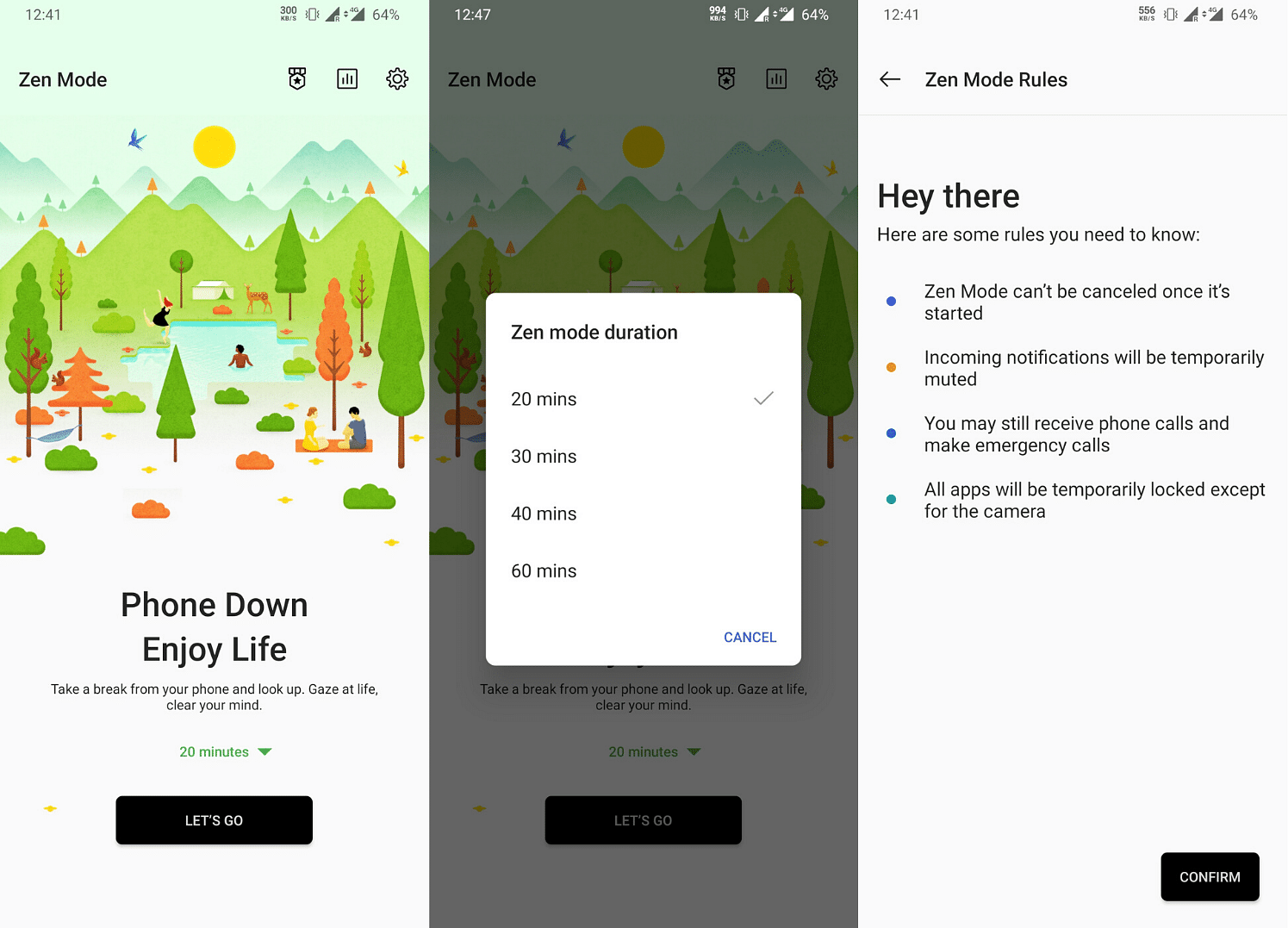
Quickly change the current task youre recording. Record the hours worked on your job, clocking in and out with ease. We do not complicate the interface by trying to do too many things in one place. Pick key tasks : This system breaks down into simple components: the most important tasks of the day or MITs, a Big Rocks task list which are essentially major projects that you need to be working on, and a daily or weekly task routine. Focused on tracking time, and nothing else. The framework suggests a list of ten productivity-boosting habits that are important for the successful implementation of your goals. The key benefits of the ZTD framework are highlighted below:Įasy to understand: The ZTD system is fairly easy to understand. You should also try to develop daily, weekly, and monthly routines that can help you improve your overall productivity.ĭo: This encourages you to focus on a single task at a given point of time while avoiding distractions such as mail, phone calls, and text. MITs are specific, time-oriented tasks at the core of your daily to-do list. You can begin by making a list of your most important tasks (MITs) and “Big Rocks” or important projects for the day and week, respectively. Plan: Planning is a core habit that helps you define your most important tasks (MITs) for each day, and then schedule and complete them accordingly. If it takes two minutes or less, do it right away or write it down, so you do not forget about it. If you're not able to address an item, delegate it to the proper person. This aims to encourage the habit of quick decision-making. Start your day by reviewing and processing the information. Process: It is highly recommended to check your inbox or to-do lists once a day. If you're part of a team, it makes sense to have unified workflow systems that can seamlessly record tasks, notes, contacts, and files for capturing and retrieving information. You may use tools such as a paper notepad, sticky notes, or note-taking apps on your phone that are easily available. Alert a medical facility when a critical shipment is delayed. Alert a factory when a return is arriving. Assign tasks to Sales Reps when a sample is delivered. This includes checkpoints and Proof of Delivery information. Let's take a look at the four core habits of the minimalist ZTD framework:Ĭollect: It's easy to lose important information if you don't write it down somewhere, in which case all that time spent gathering those thoughts and ideas could be wasted. Tracking updates in real-time up to every hour directly from the carrier.

Once you have these four habits down, the other six are much easier to do.

ZEN TIME TRACKING FULL
While the full system encourages people to form ten habits, minimalist ZTD focuses on just four core habits. It is up to individual storeowners to disclose the ways in which their store operates differently from core basic Zen Cart functionality.Zen to Done (ZTD) recommends incorporating ten habits that will bring you more productivity. Zen Ventures, LLC assumes no liability or responsibility for the use of this information, nor for ways in which any shop has altered the use or function of Zen Cart official code. This information is not intended to replace proper legal counsel. It is NOT legal advice, nor should it be relied upon as such. This article is for general informational purposes only.
ZEN TIME TRACKING SOFTWARE
Each storeowner is responsible for their own use of the software and the addons/plugins/external-code and any other alteration they make to it. Each store’s configuration and activity is unique to their own implementation.

ZEN TIME TRACKING CODE
Storeowners who alter the original Zen Cart code by the use of addons/plugins, custom code, additional HTML in templates, adding JavaScript segments, etc, may be engaging in additional tracking and using additional cookies for broader purposes than Zen Cart itself requires. This includes things like: whether the visitor has put something in their shopping basket, whether they have logged in, and allows them to proceed through checkout. The session ID is used only to recognize what the visitor has done during their visit to the store. In a traditional configuration, and by definition, this session cookie expires at the end of the visitor’s session in the browser, or at a predefined time (typically 24 minutes) after their last “click”, whichever is sooner. The session cookie contains no personal identity information, and in itself is thus anonymous as a 3rd-party cannot use anything in the cookie to identify the visitor in any way. This session cookie contains simply the session ID number which identifies the visitor to the store, as separate from other visitors. Zen Cart requires that the visitor’s computer accept a session cookie.

A fresh clean uncustomized installation of Zen Cart does VERY LITTLE with cookies or anything related to “tracking” of visitors.


 0 kommentar(er)
0 kommentar(er)
